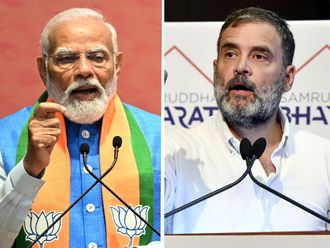Modern slavery has become a catch-all term to describe human trafficking, forced labour, debt bondage, sex trafficking, forced marriage and other slave-like exploitation.
Nearly 46 million people are enslaved around the world, according to the 2016 Global Slavery Index published on Tuesday.
While there is no globally agreed definition of modern slavery, some of the key elements are defined below. Many forms of slavery involve more than one of these elements.
Bonded labour
People become bonded labourers after falling into debt and being forced to work for free to repay the lender. Many will never pay off their loans, and debt can be passed down through generations. Bonded labour has existed for hundreds of years and flourishes in South Asia in agriculture, brick kilns, mills and factories.
Descent-based slavery
When people are born into slavery because their families belong to a class or caste of “slaves” in countries that have strict hierarchical social structures.
Forced labour
When people are forced to work, usually for no or inadequate payment, as a result of violence or intimidation. Many find themselves trapped, often in a foreign country, with their passports confiscated by employers, and unable to leave.
Early and forced marriage
When children, usually girls, under 18 years of age are married without their consent and forced into sexual and domestic servitude.
Human trafficking
This happens when men, women and children are exploited through the use of violence, deception or coercion and forced to work against their will. A key difference from people smuggling is that trafficking is done for the purpose of exploitation. People can be trafficked for many different forms of exploitation such as forced prostitution, forced labour, forced begging, forced criminality, domestic servitude, forced marriage and forced organ removal.
Organ trafficking
Organ removal, while not as prevalent as sex or labour trafficking, is part of a thriving black market run by criminal gangs. It is included in the United Nations’ Trafficking in Persons Protocol as an exploitative practice.












